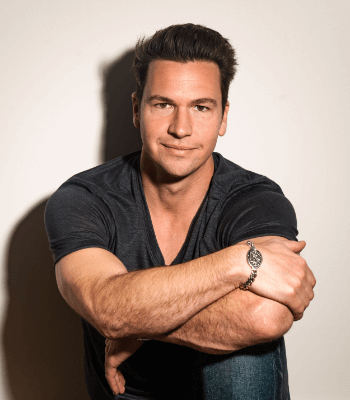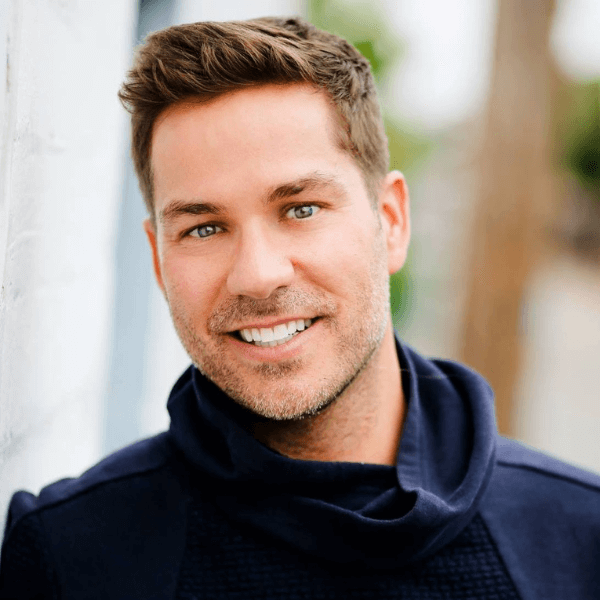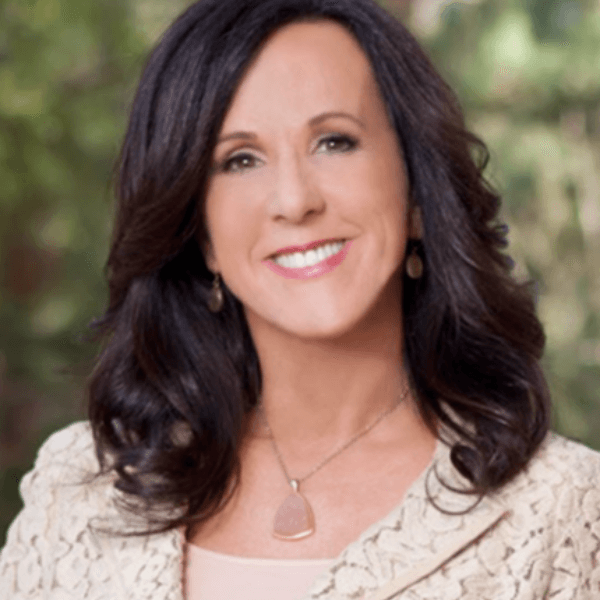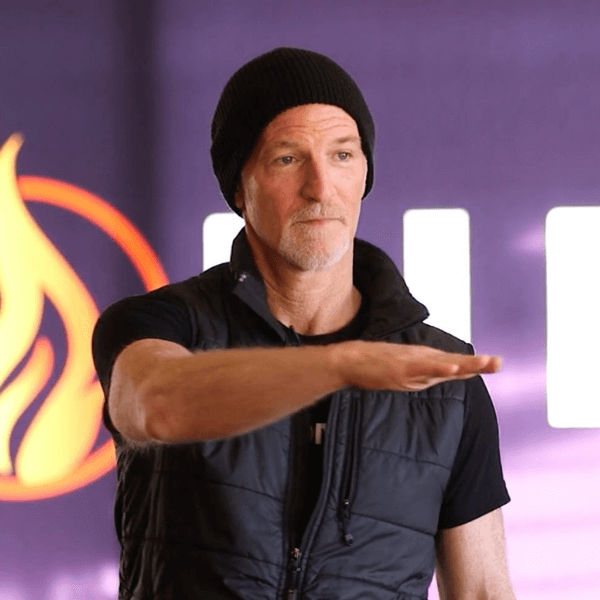How To Write An Email Campaign For Your Email Follow-Up

One of the most effective online marketing strategies I use is an email campaign. Let’s not stop at how to build a marketing list. Today, I’ll teach you how to use the email follow-up to convert your leads to high-paying clients.
Email Campaign for Follow-Up Email | Beginner’s Guide
What Is the Follow-Up Email?
Before we jump into the best sequence for your email campaign for the follow-up email, let’s first talk about email campaigns. What are they?
To understand, learn more about the opt-in page and my sales copy framework.
The bottom line is the leads sign up to your mailing list to get the free gift and then as soon as they hit the okay or Submit button, they receive a message. Perhaps it’s something like this: “Your free training or your free download will be in your Inbox shortly. As a valued subscriber, I’d like to do something special for you, so here’s an offer with a huge discount.”
There are two pathways of conversion here. They can proceed with the succeeding offer pages or they open their Inbox to look for the free gift.
Note: I can’t emphasize enough the importance of delivering the gift as soon as possible. Remember, it’s the first step to build your credibility, reliability, and trustworthiness. It starts to build your relationship foundation with high-paying clients.
Some people will buy the succeeding offers. Some don’t. You may be able to convert those who fall into the latter category with the follow-up emails. These are the ones they receive after they have opted in (or signed up for your mailing list). It’s a series of emails pertaining to your sales offers.
Email Campaign Sequence

The idea of making a campaign for follow-up emails can be daunting. What kinds of emails should you send? How long should the series last? What content should each email provide? To answer all these questions, let me give you an overview of my preferred sequence.
1. Power Up the First Email
Here’s the truth: you can create your follow-up emails before you start your email campaign for conversion. You can do this right in your first email. It’s the one the leads receive after opting in. It also contains the free gift.
What I do is follow these steps. The first one is to provide a specific call to action. The simplest one is to say, “Download this [free gift]” or “Download and print this [free gift].” You need to be clear because you want people in your funnel to take action.
After that, I usually leave a PS. If I’m promoting my Product to Millions, it will be like this: “PS: The number one strategy that has helped me make millions as a speaker is getting booked on stages. If you want to get booked on stages, here are the three essentials you must know.”
In the PS, I’m going to link my first offer. If you’re wondering what sales offer to give, you can click here and learn about low-tier offers.
2. Remind Them of the Offer Via the Second Email
It’s essential that you have a strong sales copy. The conversion, after all, happens there. But you also have to realize many clients don’t mind the PS – they won’t click the link and they won’t buy. So you proceed to the next step, which is the follow-up email. I strongly recommend you send this the following day. The fresher it is in their minds, the more the offer makes sense.
What will be in the email? It is my first sales offer. Going back to my Product to Millions program, my first offer can be worth $47. You can set your own price. If you need help in this area, read this to learn how to structure your price.
The subject line will say, “Yep, this actually works” then I proceed with the content: “Yesterday you requested my six-figure seminar map, and I just want to check back in and see if you had a chance to read it yet.”
It’s checking in to see if they took action. I want to make sure they saw the first email containing a link to a paid offer.
I continue, “If you’re really serious about designing your seminar to attract droves of high-quality customers, then this is the ideal first step. Not only does it work, at only $47, it’s the tiniest investment you can make, use, and still have a realistic expectation of results, so get it now while you can.”
It says investment here, why? You want to make it clear that they’re getting an awesome deal from you. It’s going to be worth every penny they pay you.
3. Share a Story
Everybody has a story to tell, let me tell you mine: https://t.co/9hzEnSQcEN. #Success#LifeQuotespic.twitter.com/kNg5FHumrf
— Ted McGrath (@ted_mcgrath) November 14, 2017
Based on my experience on the email campaigns that work, I notice a universal point: they succeeded because of one element — the story.
Storytelling works for a lot of reasons. It connects you to your audience, it makes your product more credible and essential, and it creates the vision your leads desire. Most of all, they get to know more about the person they are giving their money to. After all, can you imagine trusting your money or even your future to someone who’s a stranger to you? Probably not.
Now, I’m not forcing you to tell your own story. You can always use case stories or you can avoid this part altogether. It’s up to you. But for me, you are more likely to convert when you have a strong story. While you can share whatever story you like, I want you to focus on those that meet these criteria: strategic, credible, intriguing, and results oriented.
Let me illustrate it for you:
Strategic: “When I spoke on my second stage ever, I broke out into a sweat and almost never worked up the courage to speak again.”
Credible: “Thank God I found my courage once again.”
Intriguing: “In fact, I wasn’t even allowed to sell, but I managed to do $41,000 in sales as a result of that stage. Go here to find out how.”
Results-Oriented: “Her stage led me to speak on Marcia Wieder’s stage with 400 people in the room. I wasn’t allowed to sell on this stage either, but I managed to get 27 people to come to my seminar as a result and made six figures in a weekend.”
4. Evoke a Feeling of Scarcity to Make Your Email Copy Convert
What if no one still buys from you after sending your first email or sharing your story? Don’t be disheartened; an email campaign usually includes a series of several emails. If you don’t get a sale, proceed with the second follow-up email. Here’s an email campaign template to try:
Subject: “I’m a little concerned.”
Body: “I’m a little concerned you haven’t taken me up on the Book More Stages Blueprint only because my clients believe this is the tool that helped them become 10 times better at speaking and selling from the stage. And to become a better speaker and better at making offers, you actually need to get booked on stages. I’m offering you very special pricing on this for the next 48 hours only, so check it out here.”
What did I do there? I use the principle of scarcity and urgency. You do this to get people to act on your offer as soon as possible. Delays will only make them forget about your offer. Also, the second email is usually longer than the first one. I use it to include a link to a tool related to my free gift, but they can get it only if they buy the product.
5. Remind Them of the Deadline
One of the things I’ve learned from selling for more than 15 years is that you need to constantly push people to do something. Often, they delay their buying decision until they forget about it. Others may have second thoughts and need convincing. Some require reminding. There are also some people who haven’t heard about your offer simply because they don’t open their emails.
Whatever the situation, this last email, which is a reminder, will be helpful to you and to them. I may say, “I’ve sent you a few emails about the Book More Stages blueprint training because it helped me succeed as a speaker. Today’s your last chance to get a massive discount on the regular pricing.”
Next, I explain the benefits of the blueprint. Finally, I close the email by saying, “Grab it here. This is a very rare and special offer. I care about you and you sharing your voice with the world, so don’t pass this up. It’s time to step up to the mic. Go here.” Don’t forget to add a link to the offer.
What I’m presenting you is the structure. You can use this as your email campaign template. Modify some specifics depending on the objective.
Note: Don’t beat yourself up if you cannot convert all your leads. It’s normal, and it happens. Rather, take them out of your email campaign sequence and focus on the convertible ones.
6 Strategies for Powerful Email Campaigns

The great thing about the sequence above is that it’s flexible. You’re free to improvise the actual wording of the content and when to send the emails. However, the steps above are just half of what it takes to succeed. Here are the other others six tips:
1. Be Consistent
One of the email campaign best practices is consistency. I don’t have statistical data, but based on experience, people see something seven times, and they eventually make a buying decision. All I know is frequency wins, and the more frequently somebody sees something, the more familiar they become and the more they buy.
2. Practice Persistence
You may say, “Ted, I don’t want to write all that email copy.” If so, get rid of the PS and do the email campaign sequence immediately. You don’t need to write all the emails right away. Besides, you can always use an email campaign software or autoresponder to help you out. You can also write everything quickly and then review it when you’re ready to send the email.
The most important thing is persistence. You need to hammer it out to your leads, making them realize they need your product and it’s worth their time and money.
3. Hype Up Your Email Marketing by Mixing Other Content Types

The best email campaigns tend to have variety. It means you don’t send only texts all the time. You can also include published articles, short videos, a few pages of PDFs, etc. They create a nice break on the monotony. They prevent you from becoming too pushy with your sales pitches. Moreover, they raise your credibility, knowledge on the subject matter, and even your sincerity.
But don’t just send any content you have, make the message cohesive – that is, relate them to the offer and the product. That’s how you add more value to the paid offer.
4. Chain Value Propositions
People will always buy something that’s of value to them, and you can take advantage of that behavior by using a chain value proposition. What does this mean? It’s helping clients reach point A by getting to point B.
As an example, let’s say your email campaign is about helping clients speak at live events. While it’s a great idea, it presents a problem: they must learn to sell from the stage first.
The great thing about this strategy is that you can elevate your paid offer and even introduce another one – hitting two birds with one stone.
5. Test the Subject Headlines
A huge part of an email campaign is the subject headline. It’s the first thing they see once they receive the email. There are many ways to say your message, but the goal here is to find those that provide the highest open rate.
One more tip on the subject headlines — be consistent when sending an email sequence. Relate the second email with the first one, the third with the second, so on and so forth.
6. Instill a Sense of Loss
Emotions are a strong force behind buying decisions. The stronger the emotion, the more likely you can compel a person to act. For your email campaign, you can tap into the power of loss. What does it mean? Highlight what they will lose if they don’t make an investment.
For example: “Getting a system in place for converting a room full of people to take action with you isn’t something you want to put off. You risk losing sales that get you paid and bring in new clients, status as a speaker who really knows how to present from the stage, and a steady stream of repeat stages and referrals.”
I think I covered the essentials to launch a successful email campaign for the follow-up emails. You can follow the email campaign templates for your other offers or products such as a membership program. There’s no limit to it really. You can also run each campaign for as many days as you’d like. It can even run as long as 60 days. Remember, you need to take some breaks in between. Either way, do the steps above, track your metrics, learn, and improve.
What are your challenges in launching an email campaign? Let me know how I can further help your business.
Up Next: How to Make a Successful High-End Offer | Marketing To Millions
ABOUT THE AUTHOR





